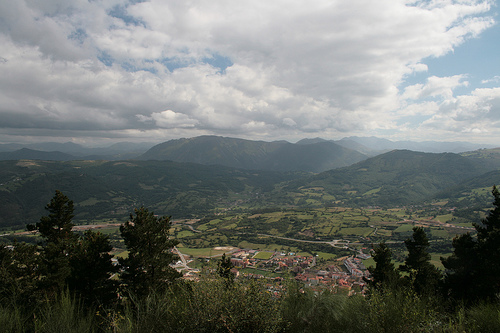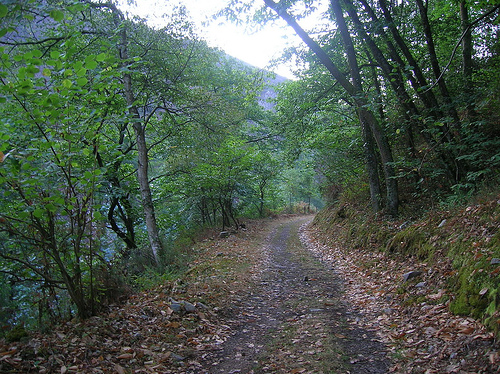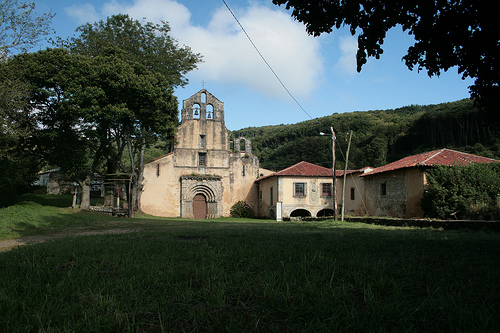In its 2015 session, the UNESCO World Heritage Committee added four routes to the World Heritage of the Routes of Santiago de Compostela. Among them is the Camino Primitivo from Oviedo to Santiago. This is the way the first pilgrim – King Alfonso II. – reached the grave of St James 1,200 year ago.

The main pilgrimage route to Santiago de Compostela, the French Way or Camino Francés, has been recognized as World Heritage by the UNESCO since 1993. The pilgrimage routes of St James (Santiago is the Spanish name of the apostle) together with the Kumano Kodo in Japan are the only such routes recognized as World Heritage.
The French Way however is not an isolated route. There are routes through France connecting to the Camino Francés, which are also on the UNESCO World Heritage list. Additionally, there is a whole network of routes in Northern Spain, which offer alternative approaches to the grave of the apostle.
The UNESCO has now recognized that these routes are part of the heritage of St James pilgrimages.
The Camino Santiago de la Costa, the Coastal Route is probably the main addition. This is an 800 km long way along the Northern Coast of Spain. This route runs in parallel to the French Way and has its own character quite different from the Camino Francés.
Three more routes now make up the network of pilgrimage ways in Northern Spain. They all connect the coastal route with the French Way:
- Camino Vasco del Interior, connecting the coast at Irún with Burgos on the French Way
- Camino de Liébana
- Camino Primitivo from Oviedo to Santiago de Compostela

Among these, the Camino Primitivo, or Original Route, stands out as it has a special link to the history of the pilgrimage of St James:
When the remains of the apostle St James were discovered in the 9th century in what now is Santiago de Compostela, the king of Asturias, Alfonso II., decided to verify this claim. He traveled from his court in Oviedo across the mountains to Galicia. Needless to say, that Alfonso II could confirm that the grave of the apostle was found. He also founded the first church in Santiago. He is widely considered the first pilgrim of St James.
The alleged route the medieval king took through the mountains of Asturias and Galicia became the Original Route or Camino Primitivo.

It is a mountainous route that goes from Oviedo through small towns like Grado, Salas, Tieno, Grandas de Salime or Lugo. In Melide just 50 km from Santiago, the route joins the Camino Francés.
The history of the route left its traces in churches, pilgrimage hospitals and even older remains such as Roman ruins.
While the Camino Primitivo is less popular than the Camino Francés, this 300 km long route offers a rich experience of the tradition of the pilgrimage of St James.
Then sign up for our free email newsletter to get all our new posts right to your inbox.
